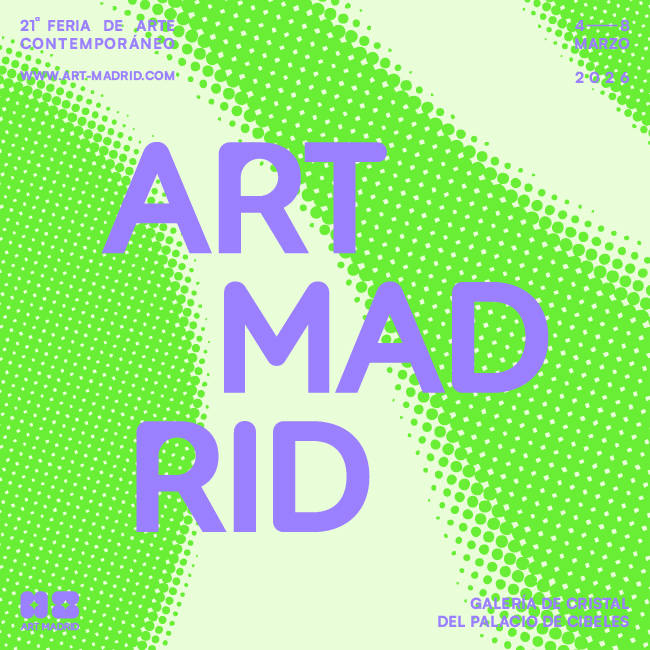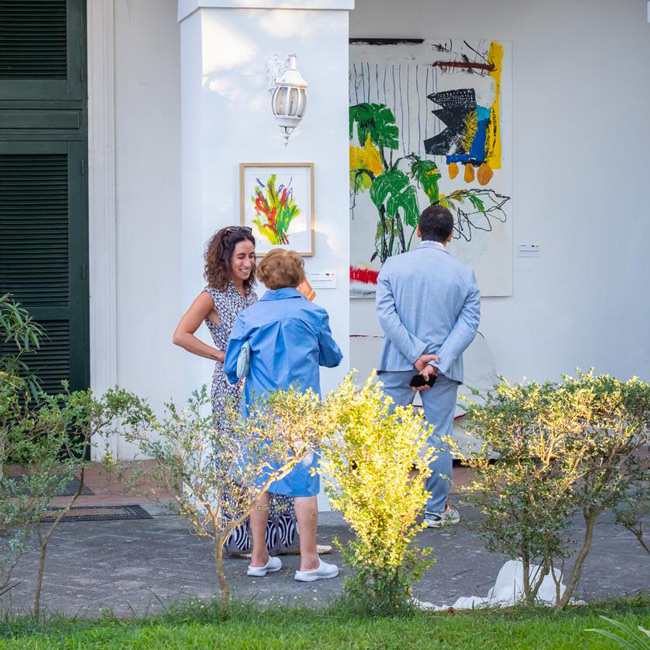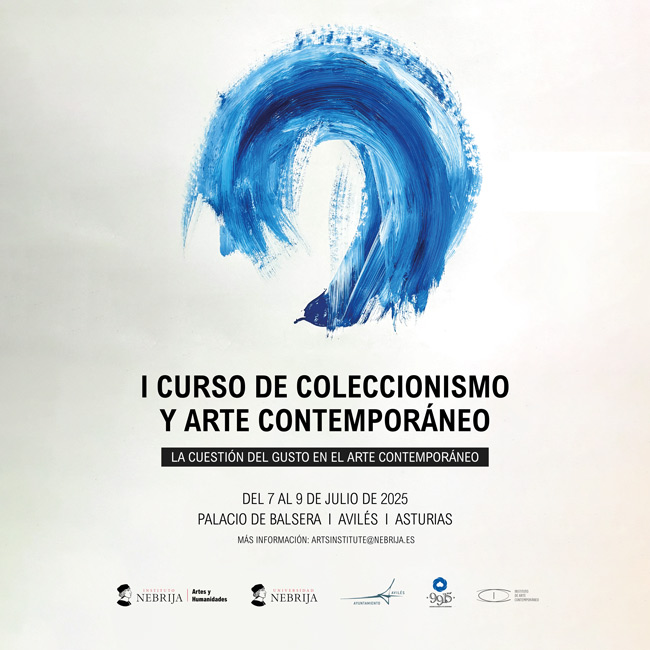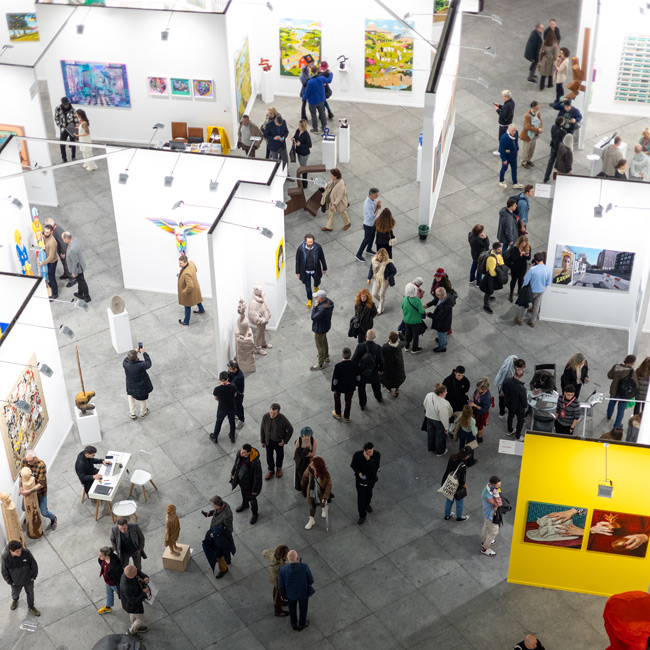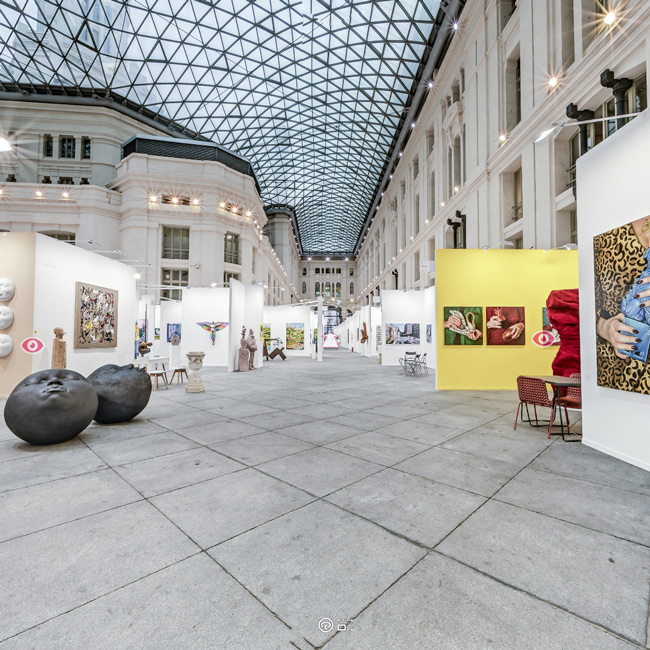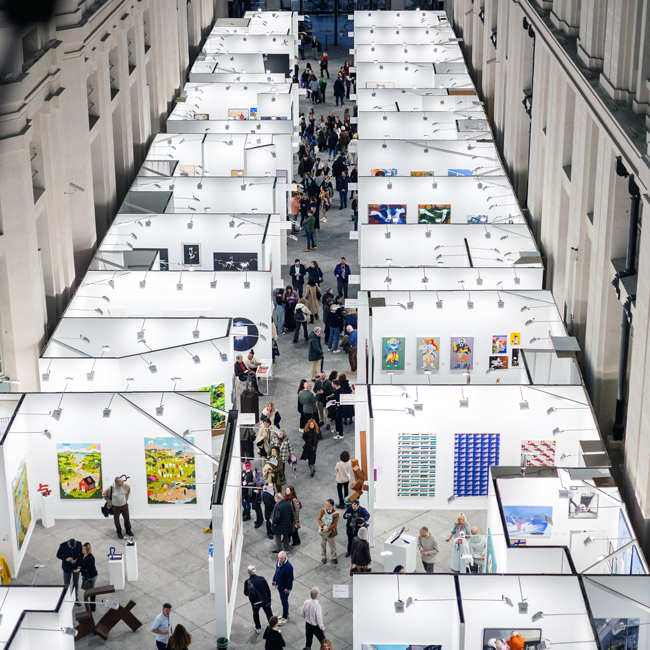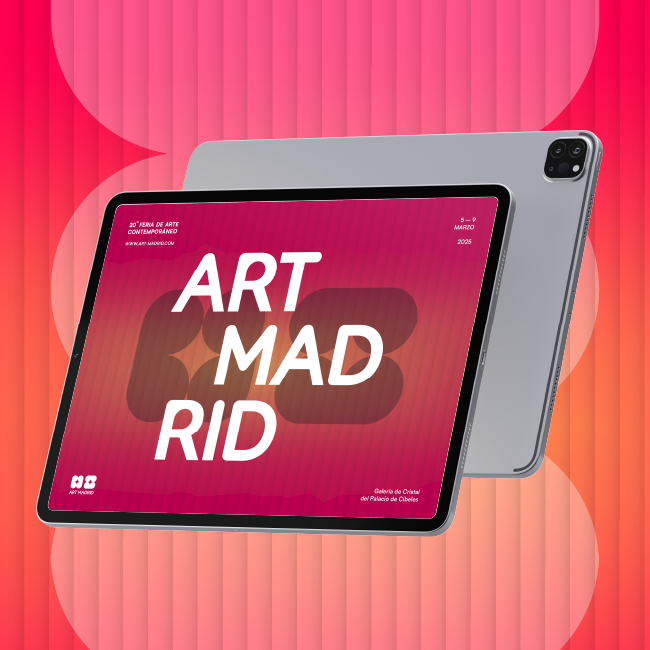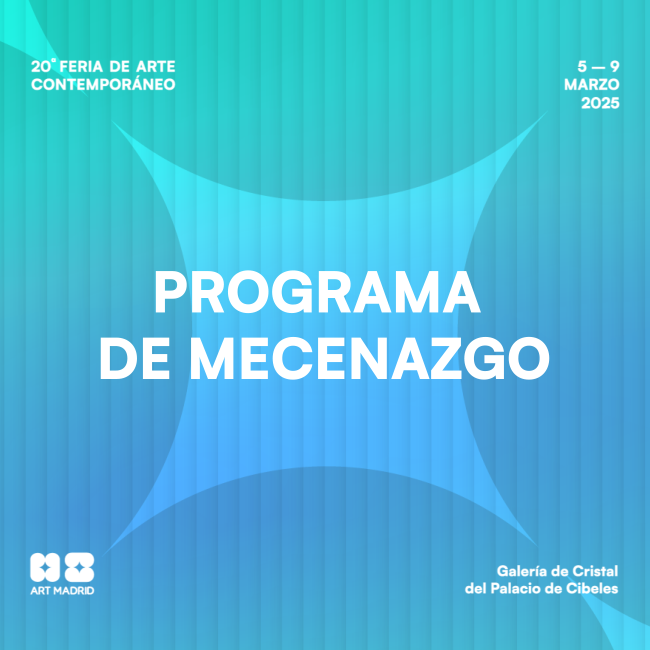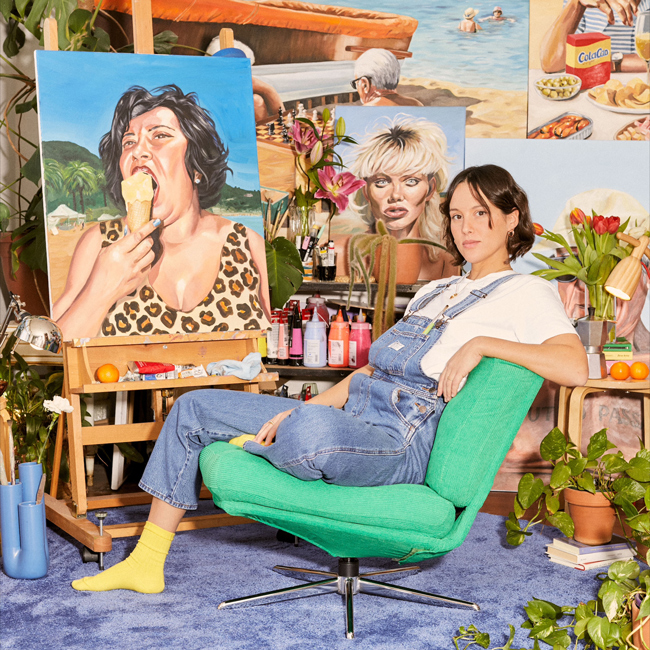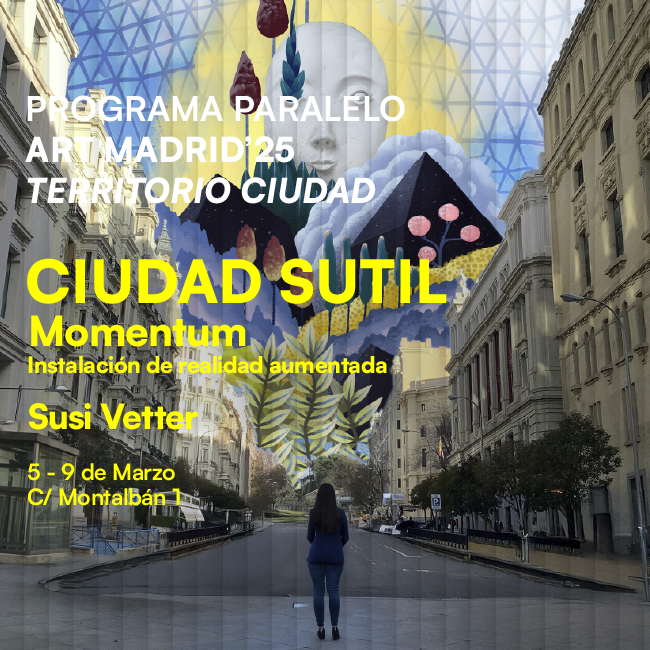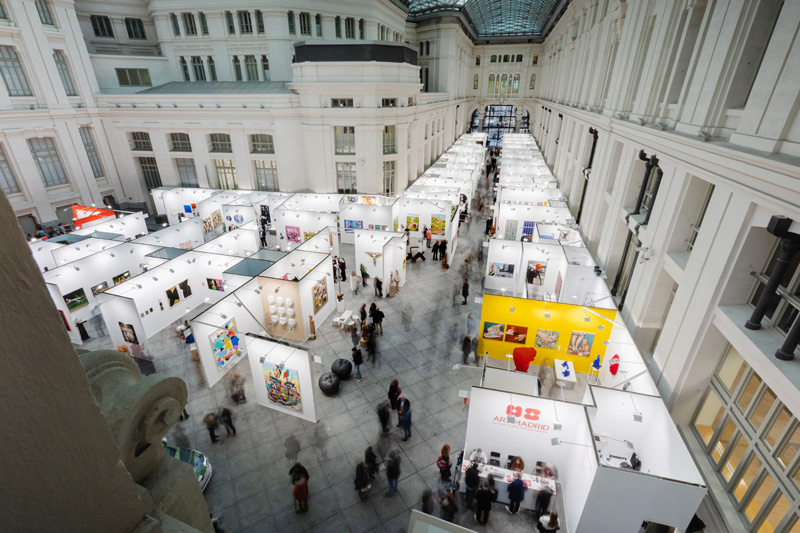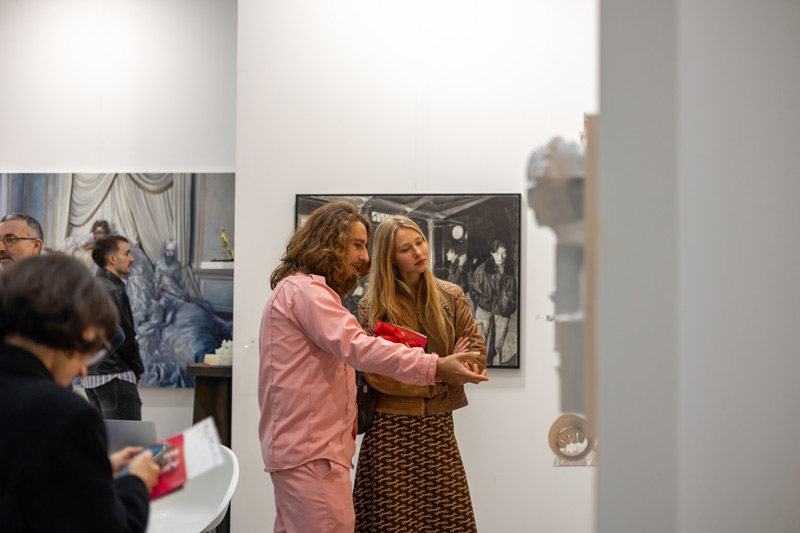SUSTAINABLE ART FOR A PLANET TOWARDS EXTINCTION
Sep 24, 2019
Breaking News
The world is on alert. Since time ago, we live in a permanent paradox, a situation of contrast that obeys two impulses: the one that leads us to keep our economies growing and the one that warns us that the excesses committed will have consequences. Far from focusing on finding a balance between the two, we tend to feed both forces independently. Thus, the two ends of this rope, which is our world, tense more and more until, either one of the ends yields, or it ends up breaking in half.
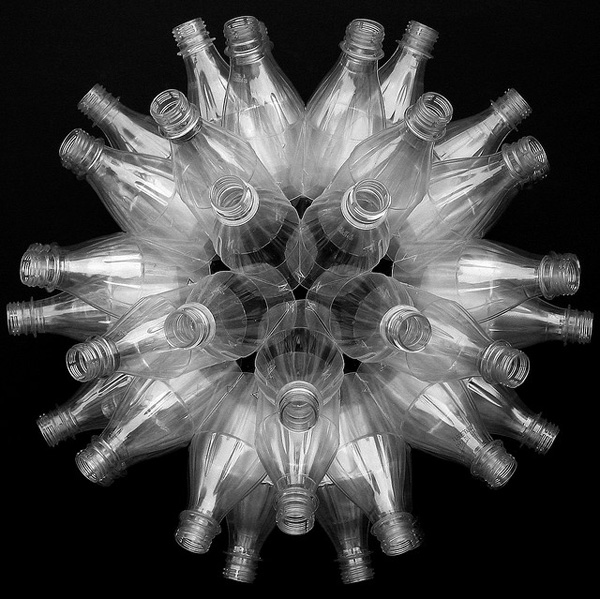
The Climate Action Summit that started this week has been presented as an ultimatum to the planet. The responsibility to take urgent measures to combat climate change and acquire a real commitment to effective policies weighs on our conscience as a species. Undoubtedly, more damage to the environment has been caused in the last century than in the rest of our history. And yet, we seem unable to act accordingly, to change our habits, our frantic demand, to take care of where we live.
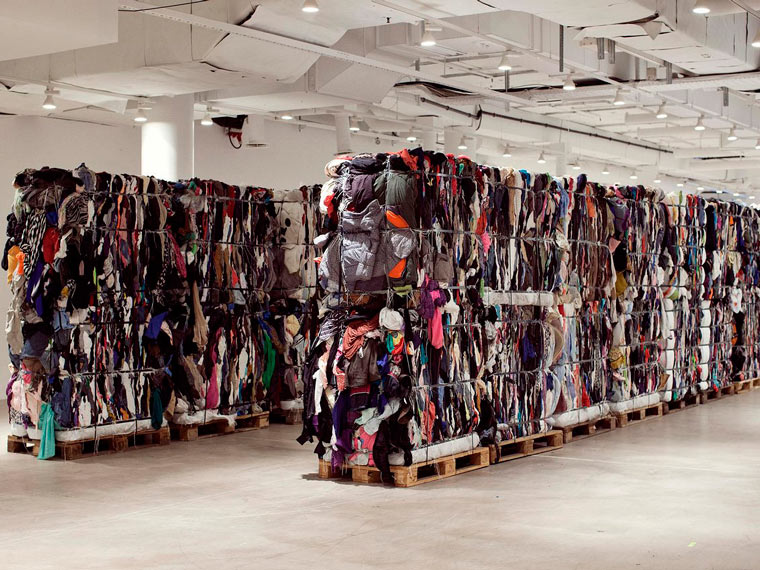
To raise awareness about this problem, the communication channels diversify, and the messages come from different sources. Many artists have made of ecological responsibility their leit motiv. Aiming to get their speech as far as possible and reach as many people as possible, the authors strive to explore new contemporary languages that cause an impact and call the viewer's attention. The objective is clear: to open our eyes to a reality that affects us entirely, and that will require everyone's commitment to fighting back.
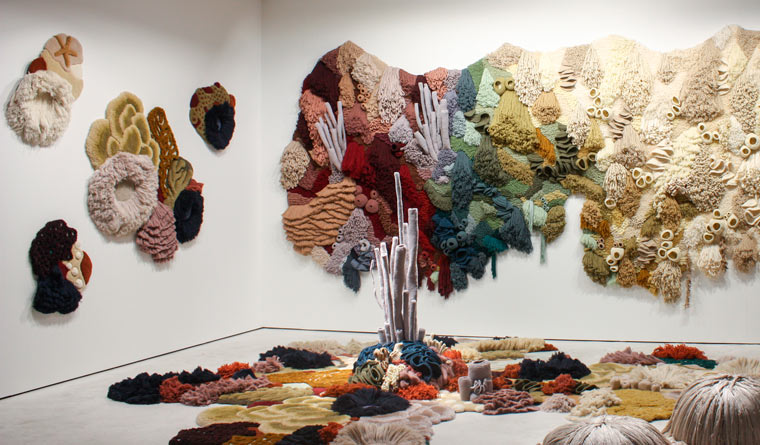
Many creators underline this dramatic situation by using waste materials to carry out their works. The reuse of plastic elements and other objects recovered from beaches, streets or parks reveals the massive amount of waste that we are capable of producing and the lack of responsibility by spreading trash anywhere. These actions invite us to reflect on the spiral of consumption we live in and the brevity of the useful life of objects, which are quickly replaced by new ones. The transition towards the "unusable" is increasingly shorter, and everything becomes volatile and futile in our capitalist society. This has given rise to "Upcycled art", a movement that offers a second life to residues and transforms them into works of art.
Upcycled Art was labelled for the first time in 2002, in the work “From the cradle to the cradle. Redesigning the way we do things” by William McDonough and Michael Braungart. Although the reuse and fusion of materials are not new in the art world, what is new is the purpose, essentially aimed at creating something beautiful from the waste and in evidencing the consumption abuses we are victims of.
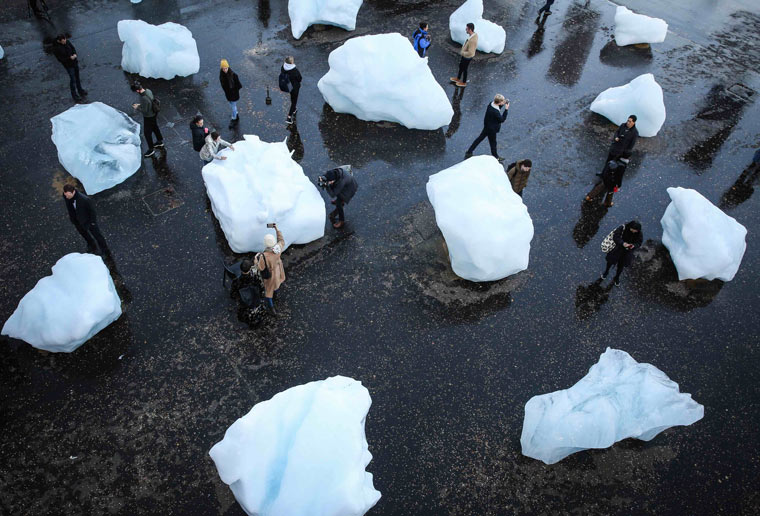
Other authors focus on large-scale works that emphasise global warming. The Danish Olafur Eliasson created in 2018 an installation for the Tate Modern in London (later replicated in other cities), where he arranged huge blocks of ice that simulate the large fragments that gradually detach from the glaciers and melt in the sea. The artwork was called "Ice Watch" ("Ice Watch") and, as expected, it ended turned into a large pool of water. This artist, to whom the Guggenheim Museum will dedicate a monographic exhibition in February, has reflected on the unstoppable impact of this rise in temperatures, and laments the total disappearance of the Ok glacier, until recently located northeast of Reykjavik.
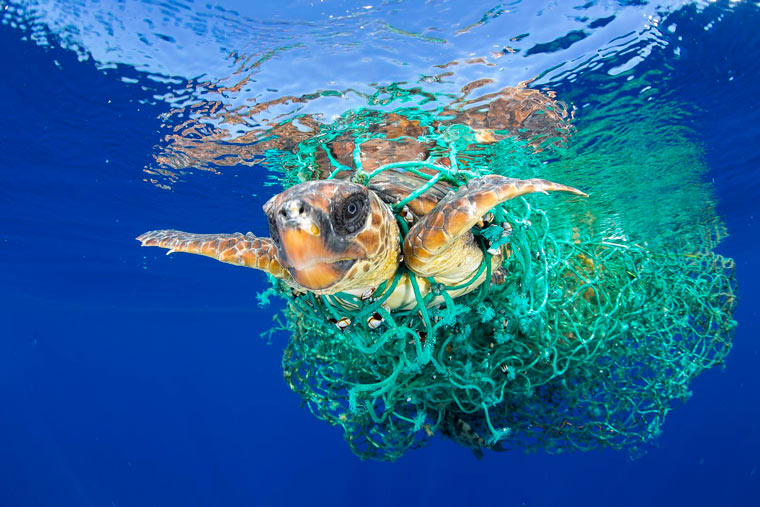
On the other hand, a large number of photographers, and especially those specialising in nature reports, have brought to light dramatic images in which the species suffer from the overabundance of plastics that pollute their ecosystems. According to the UN report on the climate published in March this year, biodiversity is one of the most threatened riches on the planet, and it is estimated that there is a risk of extinction that affects 42% of terrestrial invertebrates and 25% of the marine invertebrates. That is why it is not strange that photographs like this are increasingly more frequent and have become for many authors sensitised with this problem a way of denunciation and awareness.
Hopefully, societies will take measures to stop and, as far as possible, reverse this situation. We must investigate new economic models that take advantage of resources responsibly and do not rely exclusively on constant growth and overproduction.

